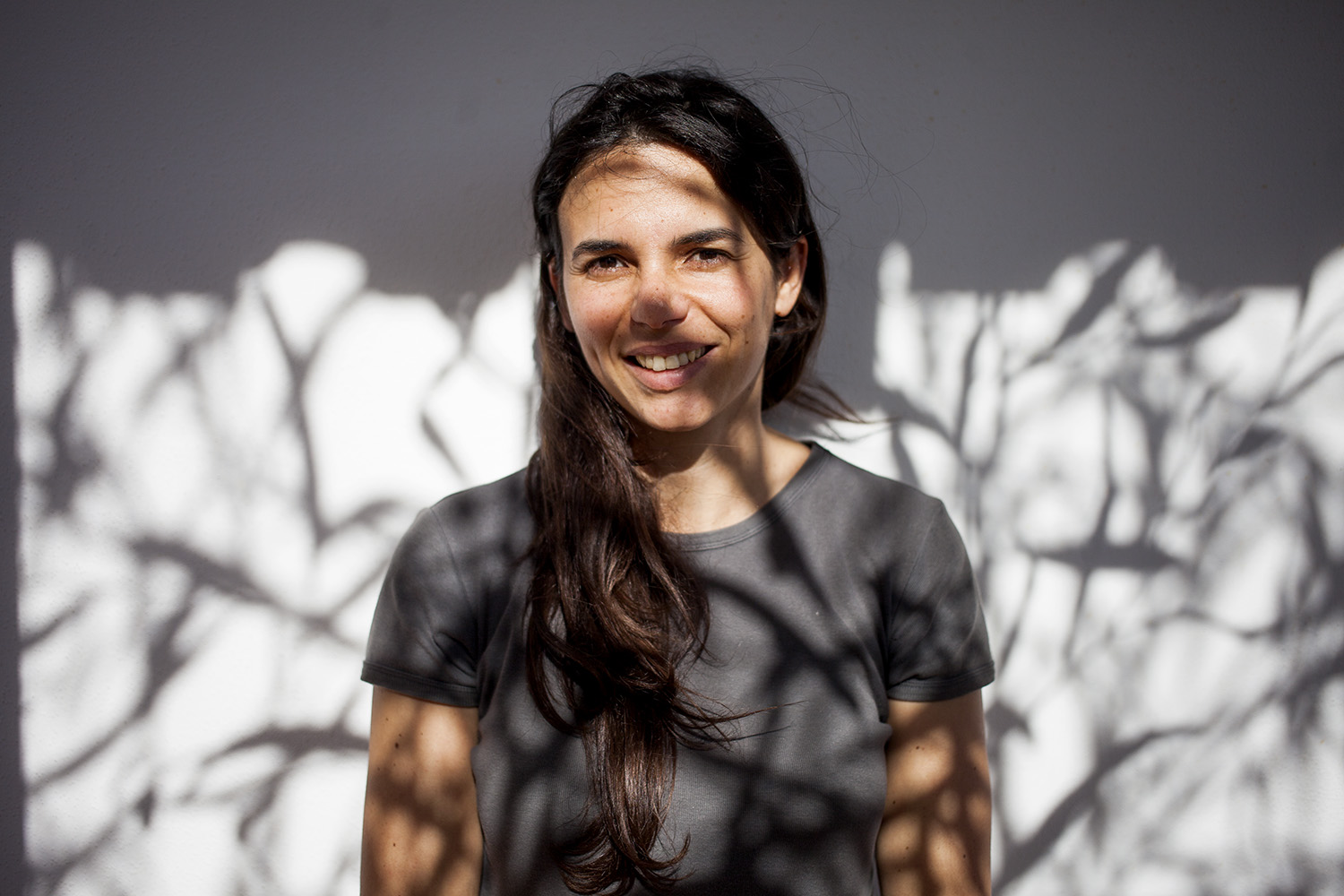Verónica Madeira, 36, from Coimbra (Portugal), is part of the video-surveillance team at CNRLI since 2011.
Verónica works in the video-survellaince team, along with other two colleagues. She makes eight hours shifts monitoring the images captured by 21 video surveillance cameras installed at various points of the lynx’s enclosures.
After having studied Psychology she specialized in Animal Behaviour. She explained to us that she had applied for the position at CNRLI because she takes great interest in the conservation of endangered species. In her opinion, the Iberian-lynx is “a mythical, symbolic species”. She stresses “its funny vocalizations” and “its elegant way of walking. Almost without stepping on the ground.”
Her job is “to ensure the physical condition of the lynx and detect any emergency situations”. In the video surveillance room, Verónica observes and records these felines’ behaviour to help Science understand better the species. Until recently, almost nothing was known. Today, the Iberian-lynx is one of the most observed species in the world. “We scan the enclosures (with the cameras). For an hour we seek lynx and record their behaviour. These data are then used for various studies and to improve the species conservation management.”
The records vary according to the time of year. At the time of births and until weaning of cubs, the surveillance team have a notebook for each female, where the most relevant information is registered.
Verónica and her colleagues have more to do since the time when lynx pairs are formed, by December. “We note the interactions of animals, each on their side of the enclosure fences. We analyze whether they are positive or negative and if there is visual or olfactory contact, for example. Furthermore, the preparation of the lynx for reintroduction into nature is very important too. “We are aware of many parameters, including how they hunt to see if they are able to be released.”
The most difficult times are the births, especially those that go wrong, the fight between animals and the abandonment by the mothers. When, through the images, we notice that something is not right, we contact the rest of the team and they decide whether they should intervene or not. Often it is necessary to raise the cubs by hand or to put an end to the fights, for example.”
[divider type=”thick”]The Birth of an Iberian-Lynx
A team from Wilder has been at CNRLI for two days on March 2015. In this series we show you how is it to work at this centre and all the people who take care of this endangered species.



